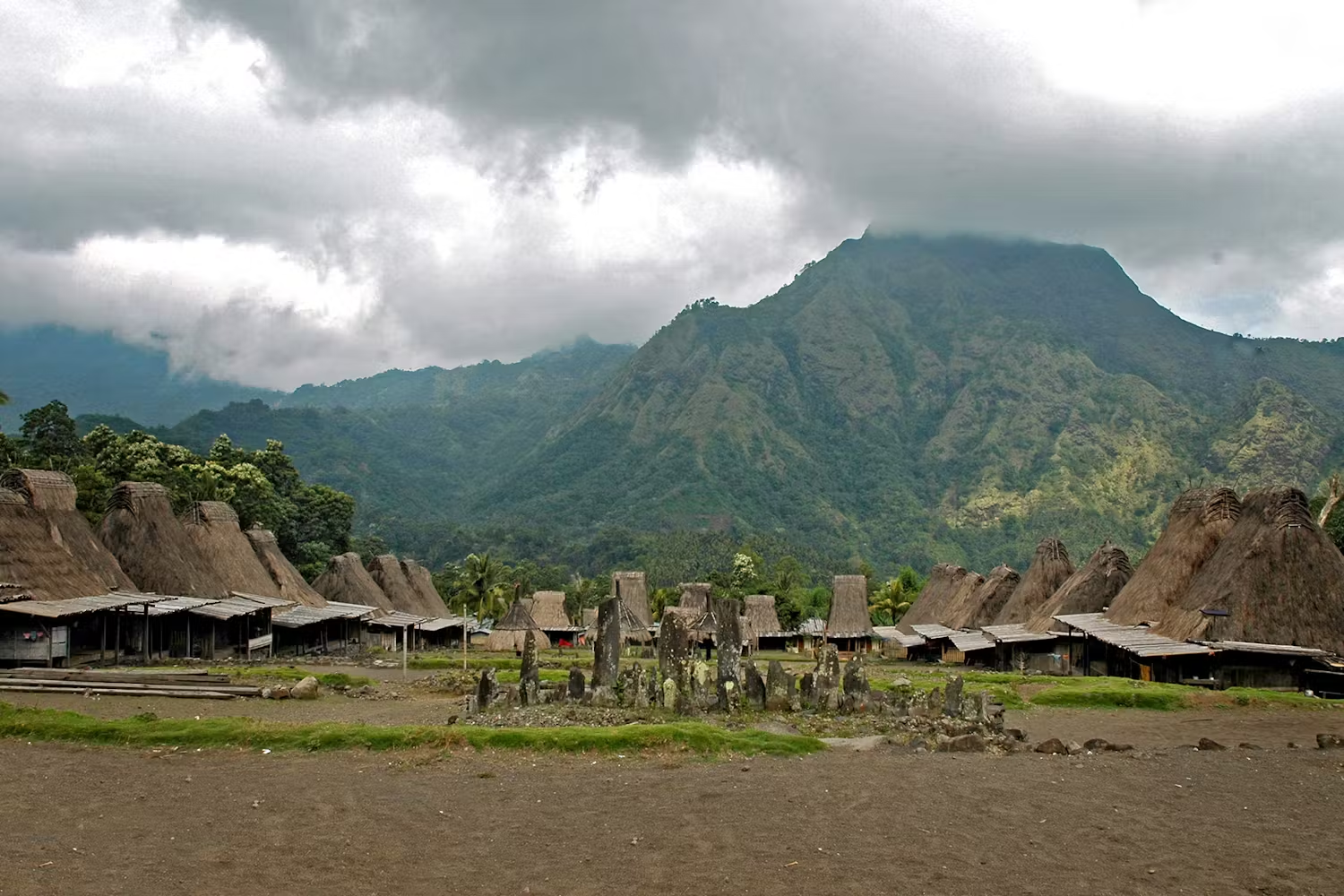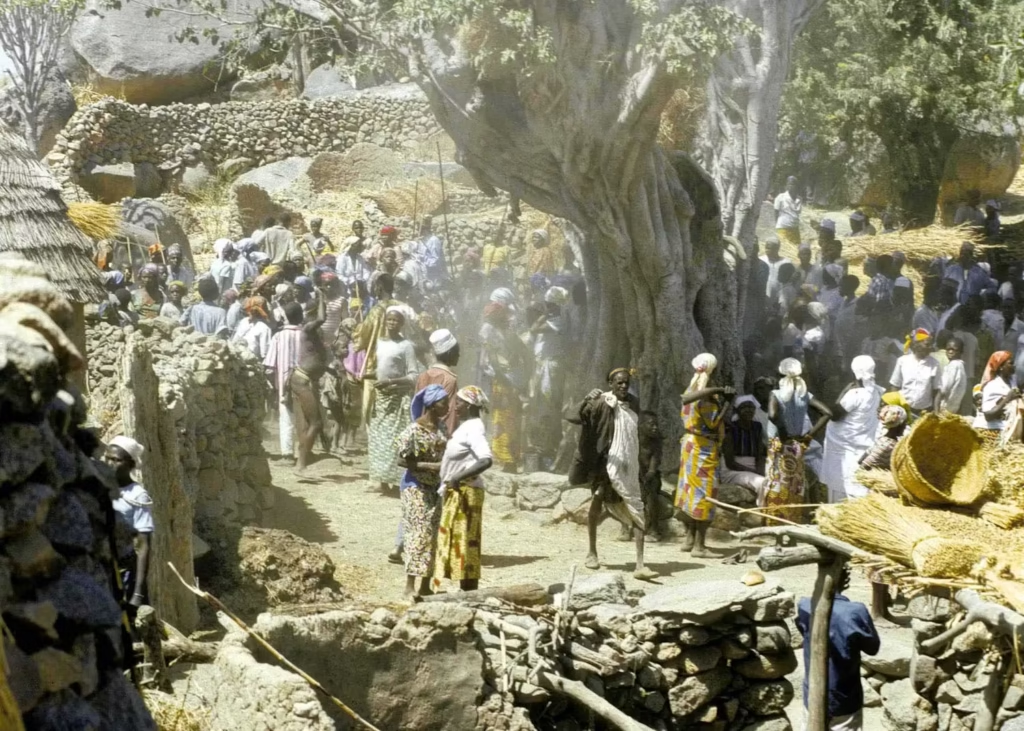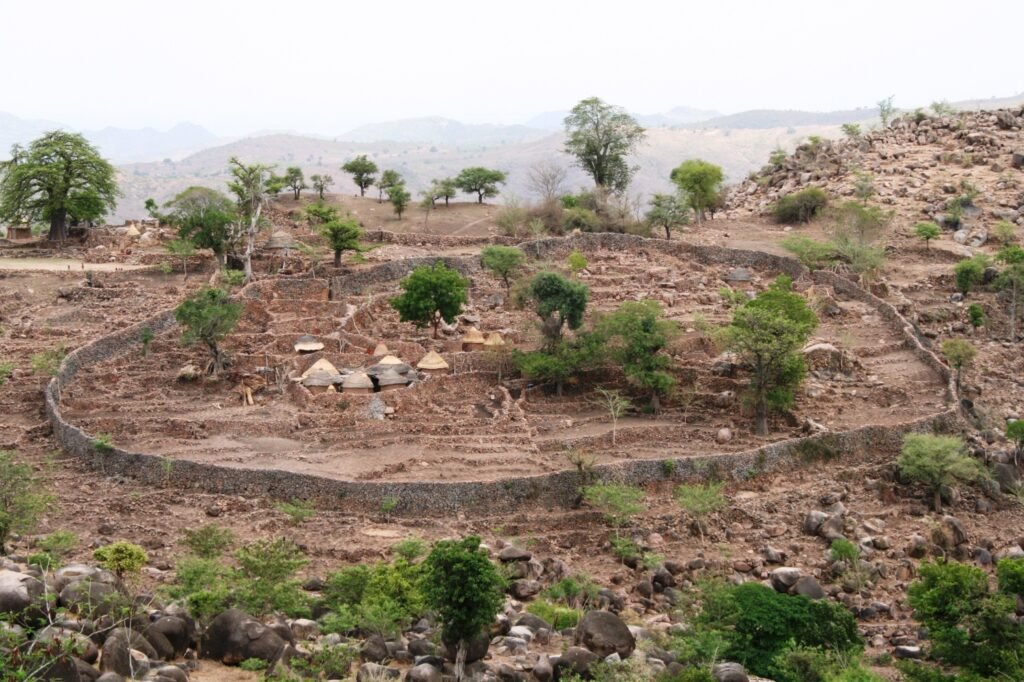Sukur: Nigeria’s Hidden Stone Kingdom

We may not have the means to fully verify the intricate tales of Mansa Musa, the Great Wall of Benin, and countless other historical narratives stolen and obscured during Africa’s tumultuous periods of slave trade and colonialism. However, we have the power to preserve the present and the facts that exist so that our future is more clearly defined and filled with purpose.
Discovering Sukur: A Cultural Treasure High in the Mountains
One of Africa’s most astonishing cultural treasures lies in the heart of the Mandara Mountains of Adamawa State: the Sukur Cultural Landscape. Nestled among tranquil hills and steeped in centuries of history, Sukur provides a powerful glimpse into a pre-colonial African civilization that flourished through a harmonious blend of innovation, governance, and spiritual balance.
Recognized as Nigeria’s first UNESCO World Heritage Site in 1999, Sukur’s significance remains largely unrecognized among many Nigerians today. Unfortunately, its rich story is rarely told outside academic circles and specialized heritage forums. This oversight reflects a broader trend in which African histories are often sidelined in global and local narratives.
At Sarauta, it is time for a change. Sukur isn’t a figment of imagination; it’s a tangible reality that belongs to us.
The Mountain Kingdom Built by Hand
Long before modern development was defined by towering skyscrapers and paved roads, the people of Sukur skillfully shaped their future using stone, fire, and ingenuity. They mastered terrace farming, transforming the steep hills into productive fields. Their techniques prevented erosion, captured valuable water, and sustained generations of their community.
But Sukur’s achievements extend beyond agriculture; it was also a hub of ironworking. The remnants of ancient iron-smelting furnaces dot the landscape, providing evidence of a vibrant metal industry. Tools and goods crafted in Sukur didn’t just stay within its borders; they were traded along extensive networks, linking the mountain kingdom to other communities throughout West Africa..

A Living Cultural Landscape
Sukur is more than an archaeological site; it is a vibrant cultural landscape with its people’s traditions and practices. The terraced farms, stone-paved pathways, and sacred shrines are not just historical relics; they continue to be used, nurtured, and understood by the residents of Sukur today.
At the summit of this mountain village stands the iconic Hidi’s Palace. This architectural marvel, constructed using dry-stone techniques and surrounded by meticulously designed courtyards, reflects the deep connection between leadership, culture, and the land. The Palace is not merely a remnant of the past but a functioning symbol of indigenous authority and social order.
Everything in Sukur tells a story. From the granaries to the ceremonial spaces, this settlement embodies a thoughtful and sustainable way of life that predates colonial influences.
The Iron Behind the Kingdom
Before the industrial revolution touched Africa, Sukur had already established its advanced iron production technology. Archaeological findings reveal multiple iron-smelting furnaces and slag heaps, highlighting a sophisticated blacksmithing system that underpinned local agriculture and wider regional trade.
The people of Sukur forged tools and weapons that found their way beyond the mountains, connecting them with other West African communities through trade networks. Their expertise in metallurgy was not borrowed or adopted; it was an indigenous innovation, carefully honed over generations and woven into the fabric of their economy and culture. Sukur challenges the persistent myth that Africa lacked technological advancement before colonialism, standing as a testament to advanced engineering, environmental adaptation, and economic complexity.

Governance Rooted in Community
Sukur’s governance is both traditional and surprisingly democratic. The Hidi, or chief, leads with the support of elders and spiritual advisors. Collective decision-making emphasizes wisdom, consultation, and deep respect for lineage and cultural rituals.
This leadership model aligns with the broader African principle of consensus, where authority is earned, and leadership is inextricably linked to service, tradition, and spiritual legitimacy. Such a system fosters a balance of power that retains accountability while honouring the community’s wisdom.
In Sukur, governance and spirituality are deeply intertwined. Rituals continue to be performed at sacred groves and shrines, guiding agricultural cycles, resolving conflicts, and reinforcing the community’s values. Sukur is not simply governed by rules; it is guided by a worldview honouring the land, its ancestors, and its people.

A Heritage Built Without Colonization
Unlike the grand palaces and imposing churches constructed during colonization, Hidi’s Palace is uniquely African. Its stone walls, functional design, and spiritual significance reflect a leadership structure rooted in consensus and continuity. The Hidi ruled not as solitary figures but in partnership with elders and spiritual leaders, embodying a governance model intimately connected to their land.
Why Does Sukur Remain Unknown?
espite its immense significance, Sukur remains unfamiliar primarily to most Nigerians and Africans. Its story rarely appears in textbooks, is conspicuously absent from tourism campaigns, and is seldom highlighted in the media. Several factors contribute to this oversight:
- Limited infrastructure and road access hinder visitors from reaching Sukur.
- Educational curricula often overlook localized African history.
- National preservation efforts lack sufficient funding and promotion.
- Global narratives continue to focus on monumental sites in Egypt or Europe rather than celebrating the cultural richness found in places like Sukur.
It is time to bring Sukur into the spotlight it deserves, honour its heritage, and ensure that future generations recognize and celebrate this extraordinary facet of African history. Together, we can rewrite the narrative and create a more inclusive understanding of our past, guiding us toward a more purposeful future.










